The development of new cancer immunotherapies including checkpoint blockade and chimeric antigen receptor (CAR) T cell therapy has revolutionized cancer treatment. CAR T cells have shown tremendous success in certain B cell malignancies, resulting in U.S. Food and Drug Administration (FDA) approval of this approach for certain types of leukemia and lymphoma. However, response rates against solid cancer have been less successful to date. Approaches to modulate the immunosuppressive tumor microenvironment including targeting checkpoint pathways, modulating metabolic pathways, and generating cytokine-producing T cells have led to considerable enhancement of adoptive T cell immunotherapy, first in preclinical models and now in patients.
Get the latest international news and world events from around the world.
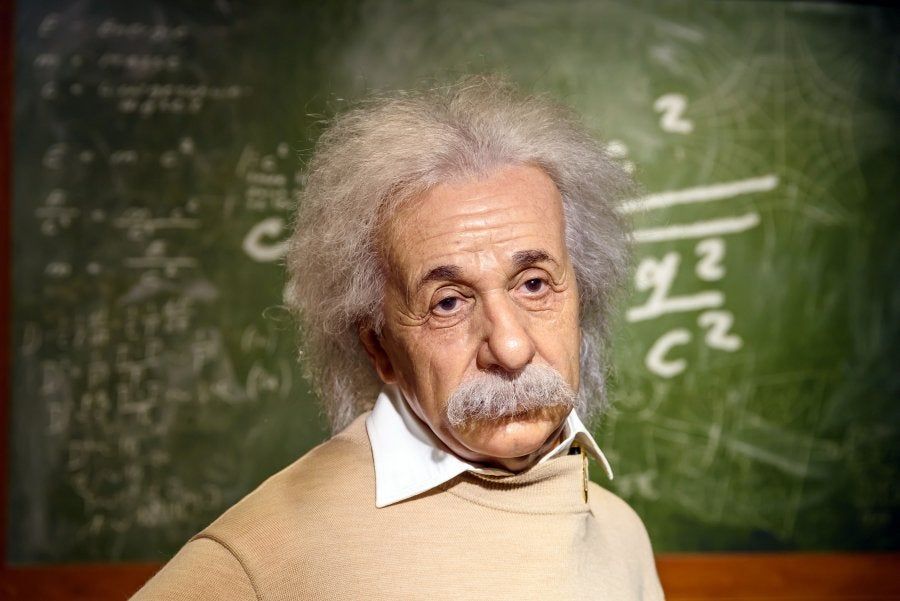
Intuitions Is The Highest Form Of Intelligence, According To Psychologist
According to Gerd Gigerenzer, who works at the Max Planck Institute for Human Development, true intuitiveness is having the necessary instinct to understand what knowledge we need to focus on and what we can afford to forget.
In his work ‘Gut Feelings: The Intelligence of the Unconscious’, Gerd explains how intuition and rationality can go hand in hand by using himself as an example. While immersed in his research, he often gets a hunch which he usually takes forward because he just knows that it will give him the answer. But he also double checks using scientific formulae to actually figure out the reasons behind his hunches. But when it comes to personal matters, he goes solely by what his intuition tells him.
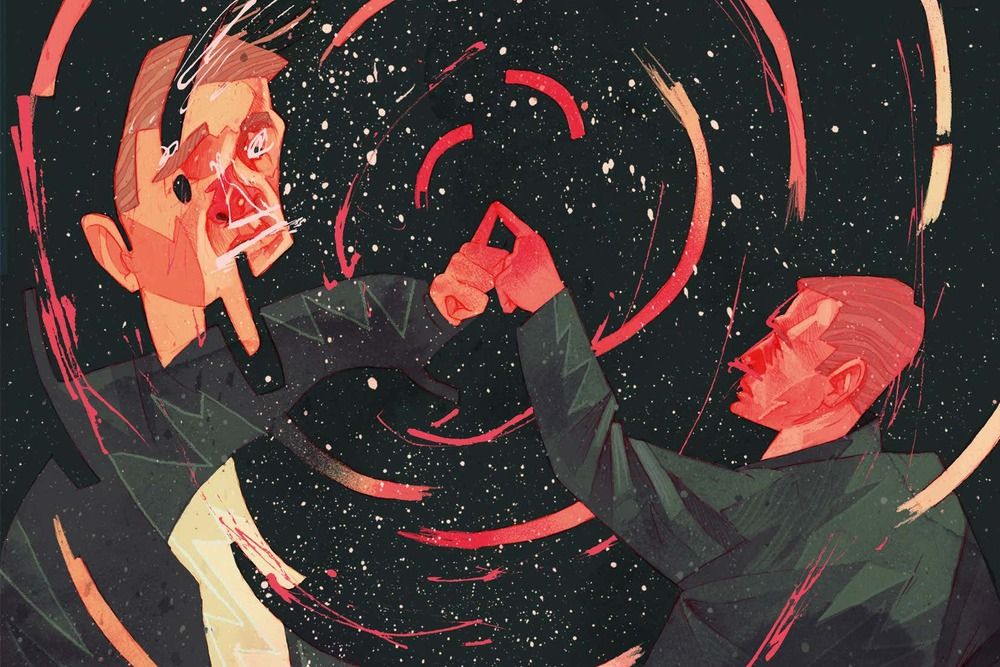

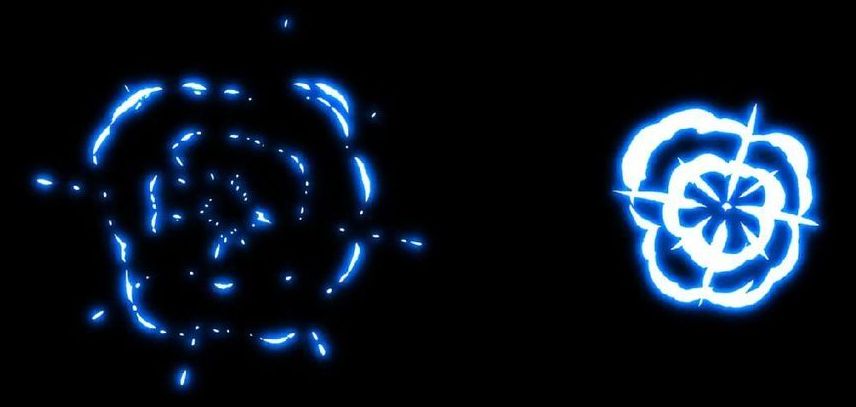
David Sinclair – Slowing down Aging (VIDEO)
David A. Sinclair, Ph.D., A.O. is an Australian biologist and a Professor in the Department of Genetics and co-Director of the Paul F. Glenn Center for the Biology of Aging at Harvard Medical School. He is best known for his work on understanding why we age and how to slow its effects. He obtained his Ph.D. in Molecular Genetics at the University of New South Wales, Sydney, and received the Australian Commonwealth Prize. In 1995, he received a Ph.D. in Molecular Genetics then worked as a postdoctoral researcher at the Massachusetts Institute of Technology with Leonard Guarente. Since 1999 he has been a tenured professor in the Genetics Department of Harvard Medical School.
Dr. Sinclair is co-founder of several biotechnology companies (Sirtris, Ovascience, Genocea, Cohbar, MetroBiotech, ArcBio, Liberty Biosecurity) and is on the boards of several others. He is also co-founder and co-chief editor of the journal Aging. His work is featured in five books, two documentary movies, 60 Minutes, Morgan Freeman’s “Through the Wormhole” and other media.
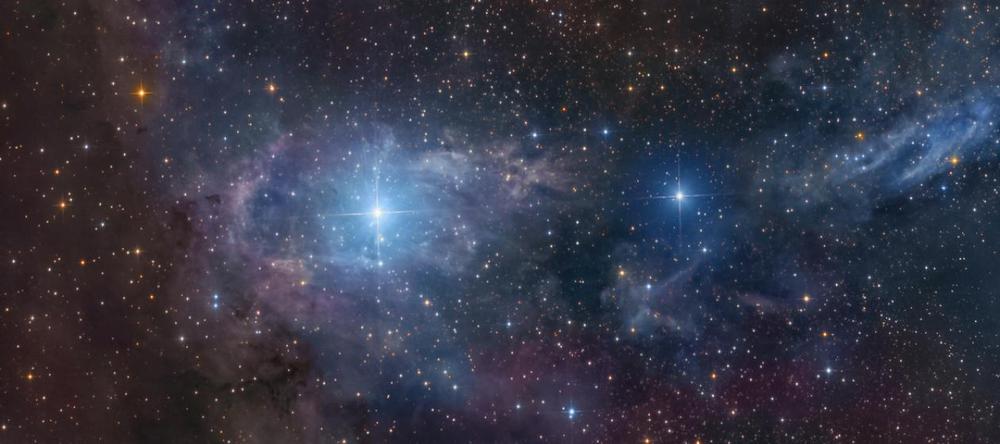
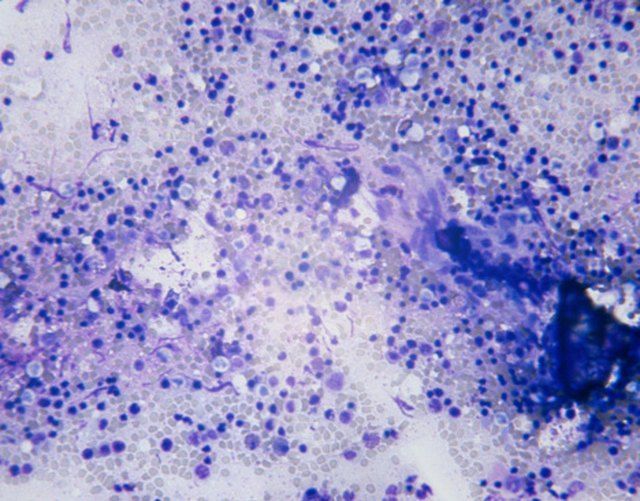
Signs & Symptoms of Bone Marrow Disease
Bone marrow is a soft spongy material that is located inside of the bones. Bone marrow is necessary for the transition that stem cells make to become one of the types of blood cells (red blood cells, platelets or white blood cells). Bone marrow disease occurs when there is some kind of abnormality or interference with the production of blood cells. Leukemia, aplastic anemia and myelodysplastic syndromes (MDS) are three types of bone marrow disorders that affect the production of blood cells and the bone marrow. Symptoms of each type of bone marrow disease will vary according to its severity, but tend to be similar in nature.

Pfizer had clues its blockbuster drug could prevent Alzheimer’s but kept it secret
Why didn’t it tell the world? Drug companies frequently have been pilloried for not fully disclosing negative side effects of their drugs. What happens when the opposite is the case?
A team of researchers inside Pfizer made a startling find in 2015: The company’s blockbuster rheumatoid arthritis therapy Enbrel, a powerful anti-inflammatory drug, appeared to reduce the risk of Alzheimer’s disease by 64 percent.
The results were from an analysis of hundreds of thousands of insurance claims. Verifying that the drug would actually have that effect in people would require a costly clinical trial — and after several years of internal discussion, Pfizer opted against further investigation and chose not to make the data public, the company confirmed.
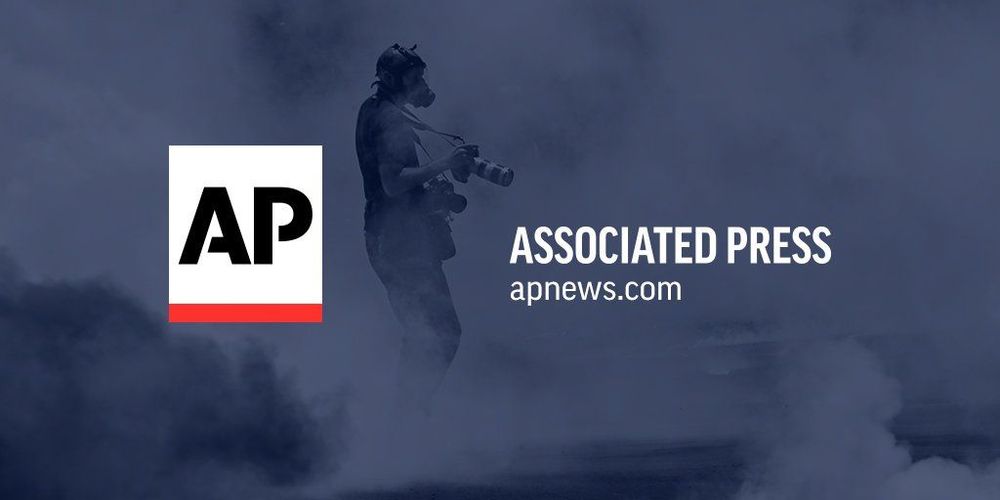
Drugs make headway against lung, breast, prostate cancers
CHICAGO (AP) — Newer drugs are substantially improving the chances of survival for some people with hard-to-treat forms of lung, breast and prostate cancer, doctors reported at the world’s largest cancer conference.
Among those who have benefited is Roszell Mack Jr., who at age 87 is still able to work at a Lexington, Kentucky, horse farm, nine years after being diagnosed with lung cancer that had spread to his bones and lymph nodes.
“I go in every day, I’m the first one there,” said Mack, who helped test Merck’s Keytruda, a therapy that helps the immune system identify and fight cancer. “I’m feeling well and I have a good quality of life.”